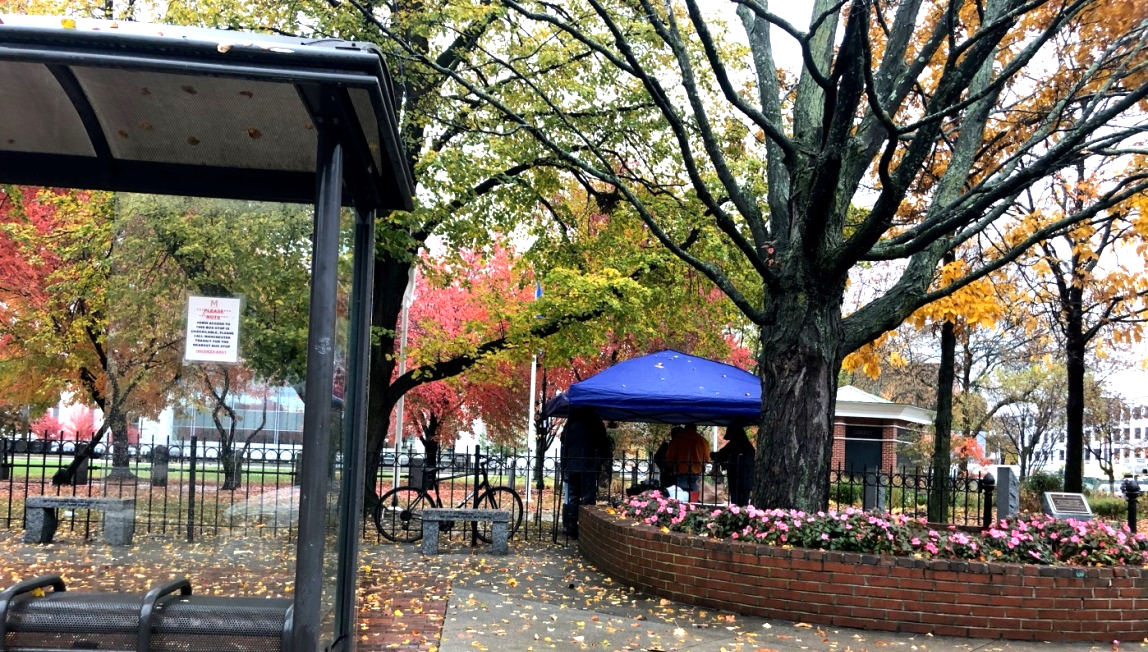
MANCHESTER, NH – The incidents and deaths caused by a bacterial heart valve infection attributed to intravenous drug use has seen a decrease in New Hampshire in the last few years.
The spread of a condition known as infective endocarditis is a public health issue that often grows concurrently with the use of illicit drugs like heroin and fentanyl, especially where clean needles are difficult for people with substance use disorder to obtain.
The number of inpatient endocarditis cases that coincided with an opioid addiction diagnosis grew from a low point in 2011 of three cases to a high of 59 in 2017, according to numbers provided by Catholic Medical Center in Manchester. Since then the numbers leveled off to 53 in 2018 and 51 in 2019.
!function(e,i,n,s){var t=”InfogramEmbeds”,d=e.getElementsByTagName(“script”)[0];if(window[t]&&window[t].initialized)window[t].process&&window[t].process();else if(!e.getElementById(n)){var o=e.createElement(“script”);o.async=1,o.id=n,o.src=”https://e.infogram.com/js/dist/embed-loader-min.js”,d.parentNode.insertBefore(o,d)}}(document,0,”infogram-async”);
Endocarditis cases, deaths from dirty drug needles declined since 2017
The hospital doesn’t have complete numbers for 2020, but recorded 21 cases through September.
“But ‘18 and ‘19 we absolutely had less cases than we did in the prior years,” said Dr. Jonathan Eddinger, a cardiologist at CMC.
The share of endocarditis cases connected to opioid use out of total cases, some of which are attributed to non-drug-related causes, also went down. Between 2015 and 2018, the drug-related cases represented the clear majority, hovering around 60 percent.
In 2019 it dropped to about 50 percent, which is similar to its share in 2014.
Usually, these cases are treated with intravenous antibiotics, but if endocarditis goes untreated for too long, it sometimes requires a heart valve replacement. Surgeries for such operations, when drug use was a factor, also went down gradually.
CMC recorded those surgeries reached a high of 16 in 2016, and went down to 6 in 2017. Each subsequent year had one less surgery through 2019, which saw 4. Eddinger said other hospitals can provide the intravenous treatment, but CMC performs more of the surgeries because its cardiology department is better equipped for them than most regional hospitals.
“I think we probably see more than other hospitals just because we have the ability to fix the problem if it gets to that point,” Eddinger said.
Death certificates which included drug-related endocarditis as a causal factor reached its height in 2016, with 11 deceased, according to data provided by Kim Fallon, forensic investigator for the state Medical Examiner’s office. The following year was only a slight improvement with seven deaths. That figure dropped to two in 2018, four in 2019 and three in 2020.
The cause of the recent decrease is not known, as there are many factors that contribute to it, according to Eddinger. But access to clean needles through needle exchanges and other harm reduction strategies may have played a part, he said.

Andrew Warner of the Queen City Exchange, a syringe exchange program of New Hampshire Harm Reduction Coalition, believes the wider availability of clean needles has moved the needle when it comes to endocarditis cases, since the turning point seems to coincide with the summer 2017 passage of state legislation legalizing needle exchanges.
He said the Queen City Exchange began operating in Manchester in early 2019.
“And from there you can see the decline in overdose deaths and endocarditis,” Warner said.
Eddinger said the increased availability of medically assisted treatment (MAT) with more providers able to prescribe drugs like suboxone may have also helped.
“I do see us prescribing more MAT out of the hospital,” Eddinger said.
Other factors could also play a part, such as the relative prevalence of other drugs, such as cocaine, which Eddinger said can contribute to the conditions that lead to valve infections by reducing the body’s ability to heal itself, or certain diluting agents like talc, which can wound the valves, creating an entry point for infection.
Indeed, the toxicology results of those who died of opioid-use-related endocarditis in recent years have discovered multiple drugs in their system beyond fentanyl, including methamphetamine, amphetamine, clonazepam and many others.
Eddinger said there may even be a shift in the types of bacteria that’s spreading or in the behavior of certain strains, which scientists still don’t fully understand.
“It’s possible there’s some changing epidemiology related to the bugs but … we don’t have evidence of that yet,” Eddinger said.
He said doctors recognize that staphylococcus and streptococcus are the types of bacteria that tend to attach themselves to heart valves, but they’re not sure why.







